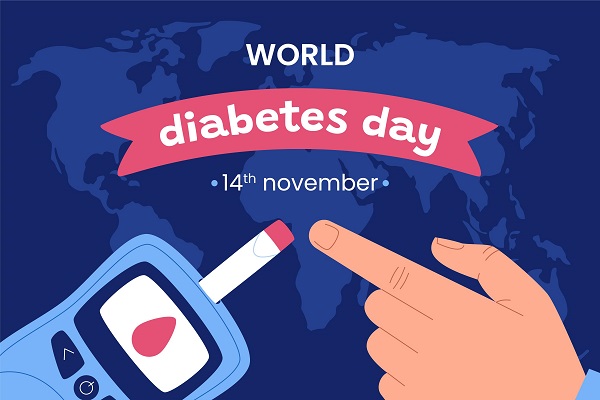Diabetes has become common. So common that you may be surprised if you don’t find any diabetic patient near you, be it your family or your friend circle. But what about being pre-diabetic? What does this actually mean? It may be the very first time you must have heard the term, probably from somewhere around you, or from your own doctor.
Well, the name gives it away. It may be suggestive of what it is. But what you may wonder is if it is a cause to worry.
If you are here reading this, either you’re a curious individual or someone whose loved one has been diagnosed to be pre-diabetic. You can even be pre-diabetic yourself and may have come here for an answer.
Whatever your reason for being here is, we are here to provide you with all the answers you are looking for. So, keep reading.
What exactly does a pre-diabetic mean?
Consider being diagnosed as a pre-diabetic as a wake-up call. It means that you are not diabetic, but your sugar levels are still high. You may be diagnosed with diabetes soon if you do not take the right steps.
You must note that a normal range of blood sugar is 70 to 99 milligrams per deciliter (mg/dL). If you are pre-diabetic, your sugar levels are typically between 100 to 125 mg/dL. It means they are not too high for you to be considered diabetic and not too low to state that you’re not at risk. Figuratively speaking, you’re not in the warzone, but somewhere closer where there may be danger.
Does this mean I need to be scared?
You should be scared, but you must not panic. The good news is, you can reverse prediabetes if you make adjustments to your lifestyle. We will be discussing them shortly.
How do I know if I’m prediabetic?
A blood sugar test is the most definite way to know if you’re prediabetic. But there may be signs and symptoms that point to pre-diabetes. These signs include:
- Darkened, armpit and sides of your neck
- Vision changes
- Skin tags
- Frequent urination, mostly at night
- Unintended weight loss
- Longer healing of wounds
You must note that these signs and symptoms may not always be apparent. Pre-diabetes can also come without any symptoms. This is why it is suggested that you undergo a diabetes check-up from time to time, especially if you have diabetes in your family.
So how is pre-diabetes caused?
To understand what causes pre-diabetes, you must know about insulin and insulin resistance. Insulin is a hormone that your body produces. The hormone is responsible for various functions in the body, including controlling how cells and tissues utilise energy and break down fats and proteins.
Now talking about insulin resistance, it is a response the body generates to control insulin. When your body doesn’t produce enough insulin, the body doesn’t respond properly to balance insulin levels, ultimately increasing blood sugar levels and causing pre-diabetes.
Tips to reverse pre-diabetes
While pre-diabetes is a cause of alarm, you may breathe out a sigh of relief knowing that it is still reversible. As said before, pre-diabetes is a wake-up call. If you follow the right steps, you can reverse pre-diabetes. Here are a few changes to make:
- Eat clean. Limit highly processed foods and eat a balanced diet
- Drink enough water
- Exercise regularly
- Go for daily walks
- Do yoga
- Quit smoking
- Minimise alcohol intake
- Manage stress
Closing thoughts
If you know someone or you are yourself diagnosed as pre-diabetic, do not panic. Instead, do the needful to take control of your health. Being a pre-diabetic may not put you in the red zone, but makes you closer to it. It’s essential that you make adjustments to your lifestyle and get your blood sugar levels checked frequently to ensure that you do not become a diabetic patient.
So, what would it be for you – a healthy life free of diabetes or an unhealthy one making you more prone to serious illnesses?




